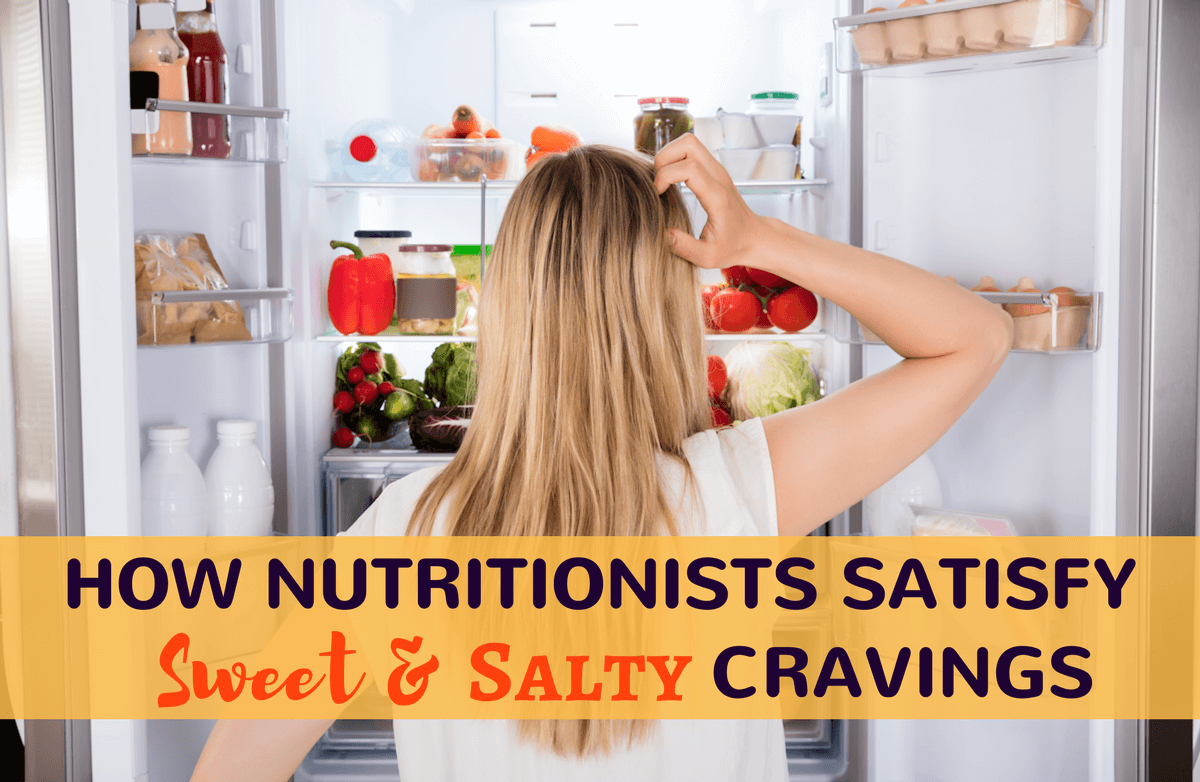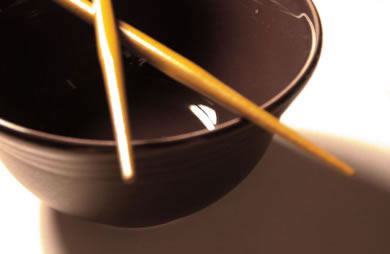|
If I offered you lean ground beef with the assurance that it was high in protein, low in fat, and tested to be free from Salmonella and E.Coli, wouldn't you think it was the best beef in town (except if you are a vegetarian of course)? Would you think the meat sounded as good if I told you it contained lean meat "trimmings" and had been treated with ammonium hydroxide? There has been a lot of talk about pink slime in the news recently, even though this isn't new and has been reported about previously. The movie Food, Inc talked about it back in 2008. British celebrity chef Jamie Oliver taught about it on his ABC series Food Revolution several years later. Last year Taco Bell faced a lawsuit and a media firestorm over accusations that they used fillers in their taco meat. So why all the hype now about the use of anti-microbial agents and meat trimmings especially when the USDA has repeatedly cited the process to be generally recognized as safe (GRAS) with an update as recently as last year? According to the United States Department of Agriculture Food Safety and Inspection Services (USDA FSIS) most recent directive 7120.1 revision 10 dated 1/4/12, "The Table of Safe and Suitable Ingredients identifies the food grade substances that have been approved in 21 Code of Federal Regulations (CFR) for use in meat, poultry, and egg products as food additives." Ammonium hydroxide is listed as an acceptable acidifier/alkalizer without labeling requirements under accepted use conditions. This video clip from Jamie Oliver's Food Revolution outlines the basics of ammonium hydroxide use as an antimicrobial agent on trimmed meat. Here are some other facts about ammonia and ammonium hydroxide to keep in mind.
When choosing meat, whole cuts (or ground meats made only from whole pieces of meat) are the healthiest choice. Solely from a nutrition standpoint, ground meat trimmings are still a source of high-quality (biologically speaking) protein. However, it's up to each consumer whether they feel comfortable consuming it. To stretch ground meat further, meat products sold to school cafeterias, restaurants and other public establishments are allowed to include up to 15 percent of the ammonium hydroxide-treated meat trimmings, known as pink slime coloquially. So why haven't you been told about this? There are no labeling or notification requirements when using this type of meat since it is GRAS and part of normal food processing practices. Until recently, as much as an estimated 70 percent of ground meat included ammonium hydroxide-treated meats. Will it continue? Petitions to ban the "pink slime" from schools have accumulated more than 150,000 signatures and counting, and the U.S.D.A. has decided to allow schools to opt out of receiving the meat. (Memphis and Baltimore are among the school districts that don't use it.) Changes are most likely on the horizon, but only time will tell whether it will trickle up or down the "food chain"--from the people to the government or vice versa. The Bottom Line It is always good to be informed about how the food you purchase is produced, processed, and presented. It is great that people have become more aware about meat processing policy and the ingredients used. I hope this new awareness will cause people to speak up and challenge not only pink slime but many of the USDA policies that have been ruled safe and yet influence all the foods we purchase. With any luck, people will continue to investigate the additives that are present in their foods and seek other alternatives that allow them to eat as healthy as possible. Here are some things you can do today to get back to the basics--and away from pink slime ,if that's what you prefer.
What will you do to encourage a sustainable table for your family? What should be done about pink slime and other food practices in our country? |
More From SparkPeople |





.jpg)









